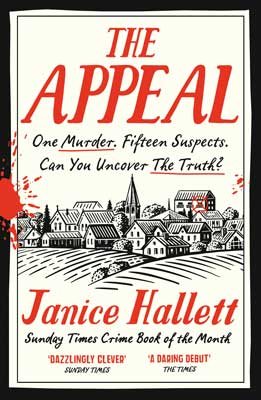Inspired by Donna Tartt’s time at Bennington College, touted by Esquire as the 1980’s most decadent college, and thinly fictionalised in the book as Hampden college in the book, The Secret History follows a group of Classics students under the tutelage of the Miss Jean Brodie-esque Julian Morrow – a Classics professor who hand pick his own cohort of five students on the basis of their youth, wealth and beauty. The narrator Richard has studied classics at another school, but is rejected from the Hampden Classics class until he overhears members of the group struggling with an esoteric point off Ancient Greek grammar in their translation, and is spoken for by the clique leader, a Rochester style brooding hero, Henry. At Richard’s next meeting with Julian, he turns up wearing designer tweeds and gold cufflinks, aping the privilege of the current Classics cohort, and is soon inducted into their world.
The novel opens with quite the hook – one of the group has been killed and the others have covered up their knowledge of the death – but the novel segues from there into an account of Richard’s strained relationship with his parents, the circumstances that lead to him gaining a place at Hampden college, and from there to the heart of it’s Classics department. I found this section of the novel quite slow – it’s weirdly timeless. We know that it’s set in the mid-1980s from the cultural references, all Grateful Dead and frosted perms, but the writing style and Richard’s narrative voice are weirdly timeless. They feel like they belong to another era, almost Fitzgerald like as Richard writes and rewrites his personal history to draw himself closer to the privilege and beauty that he, like Julian, so admires.
The characterisation in The Secret History is so extreme it should feel parodic – the academic encouraging the young minds in his care to experiment with drug binges and bacchanalia to fully immerse themselves in their studies of Ancient Greece; a clique of students keeping apart from their peers and dressing like they’re attending Oxbridge in the 1920s contrasted with the 1980s brats in sports cars snorting coke and popping any pill they can steal at a funeral. It should feel parodic but it works. If anything, the wild characterisation is the glue that holds the vaguely surreal plot together through the bacchanalia, the winter freezing in an empty warehouse, the murder, the funeral, the rapid spiralling away from any veneer of control because somehow the improbable characters make the events somehow more possible.
It’s a funny novel, slowly gripping you with the fussy reserve of the great American novels from another era, before dragging your through the frantic disintegration at the end of the novel but it works. As a read, I enjoyed it a huge amount when the pace finally began to pick up.
One thing I did wonder, reading about the Bad Art Friend this week, was how those known to have influenced The Secret History felt about that at the time, or now. Seeing yourself as a caricature on page can’t be a comfortable experience.




